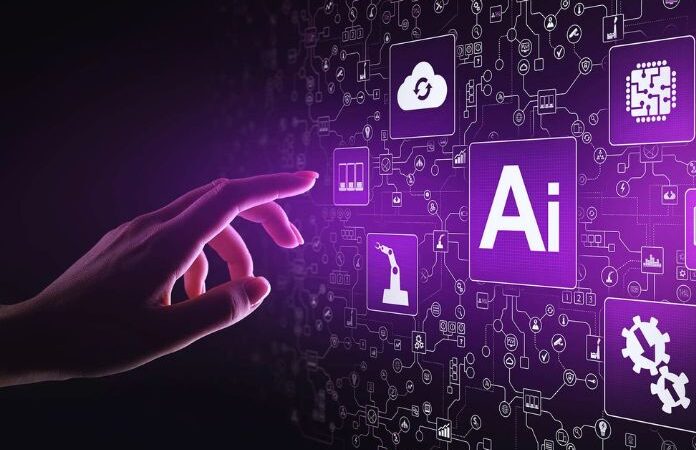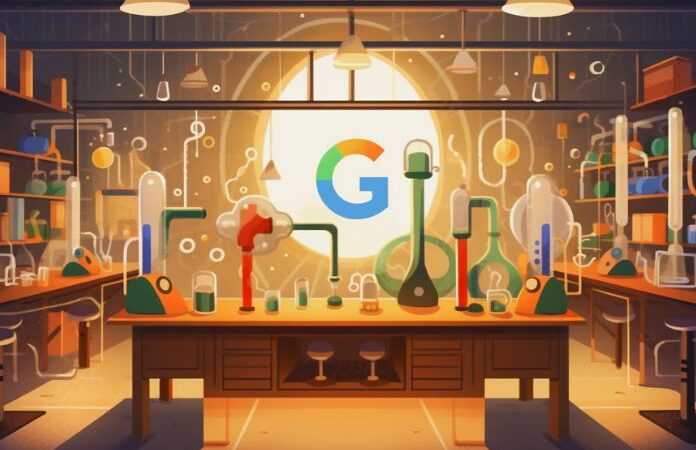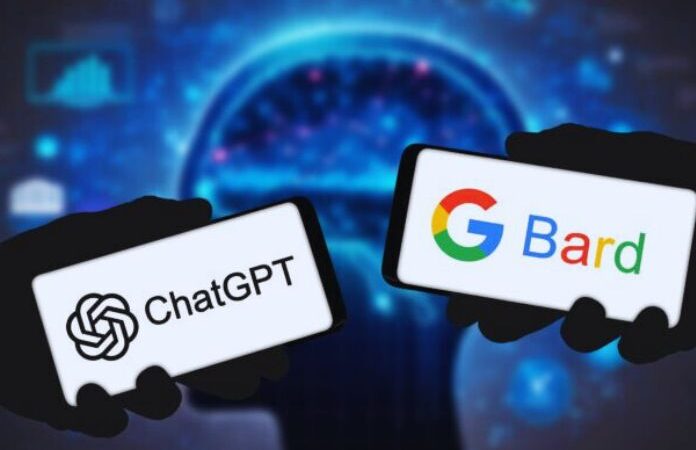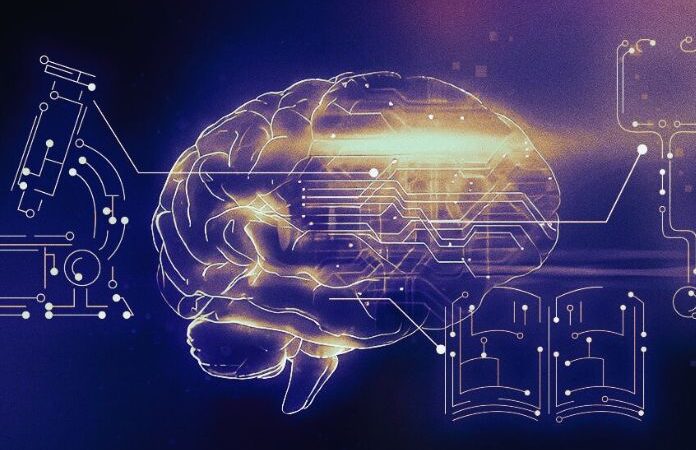Architecture Of An IoT Solution: The Basics Of A Successful Project

The IoT needs pyramid constitutes an excellent tool for common language between the different stakeholders around the design of an IoT solution. Succeeding in an IoT project is always full of challenges. To guarantee its success, it is necessary to ask the right questions, know the pitfalls to avoid at each stage of construction, and, above all, facilitate communication between the different stakeholders in the project (end customer, suppliers, service providers, etc.). This will result in the design and marketing of the IoT solution with actual value creation for the customer. So, how can we design and market a solution with value for its end user?
Table of Contents
Using A Common Language With The IoT Requirements Pyramid
Working on an IoT project requires the action of several actors with different approaches (developers, engineers, architects, product managers, data analysts, UX UI designers, etc.). To ensure the success of an IoT project, it becomes essential to be able to use a common language between the different IoT trades and with the end customer, who does not necessarily know anything about IoT but for whom it will be essential to obtain the final product he wants and to understand how it works. The IoT needs pyramid is an excellent educational tool that covers the basics of the architecture of an IoT solution and how it works. It is made up of the four pillars of solution development: the device, connectivity, data, and value.
The Path To A Successful IoT Solution
There are two ways to approach the design of an IoT project: a top-down approach from the device to value creation or a top-down approach from value creation to the device. From a customer perspective, the top-down approach is more relevant. It is essential to identify the problem that the solution will address. Otherwise, it will not provide any value for its end user. The value would come before the technology to ensure the success of the project. The first step is to identify the use case, such as detecting leaks on a water meter and being alerted immediately to avoid a disaster.
Then comes the Data stage. The objective here is to define the data that will be useful to make the use case possible. Indeed, if the data recovered from the device is correctly transformed, analyzed, and interpreted, it can become a natural growth factor. But before the data can be used, it must be sorted and made readable using an IoT platform. Next comes the choice of connectivity. It represents the bridge between the physical universe and the digital universe of the IoT solution. It is used to report the data collected by the device.
There are several well-known types of connectivity, such as Wifi, cellular networks (3G, 4G, and 5G), Bluetooth, etc. Depending on the need, connectivity solutions can cover short distances (a few centimeters), such as Bluetooth (Personal Area Network: PAN) and Wifi (Local Area Network: LAN), or long distances (several kilometers), such as WAN (Wide Area Network), LPWAN (Low Power Wide Area Network) and satellite.
The choice of connectivity depends on the technical constraints of the environment and the final use of the connected object. For example, in the case where the IoT solution requires large-scale deployment in several different territories, such as an asset tracking solution in green mobility for self-service bicycles or scooters, the use of an M2M SIM card multi-operator appears to be the best choice of connectivity because the SIM card will connect to the best network available nearby, even in the event of a network outage.
Finally comes the design part of the device, made up of Hardware, the main physical component of a connected object, and software, the program operated by the connected object. This will involve installing sensors, gateways, and actuators in the field, which will be controlled by a program to collect and send data at a defined interval or carry out a concrete action when a defined threshold has been exceeded.
For example, a sensor detects a water leak via the data collected, and a water shut-off valve is then activated to prevent the disaster. In reality, both approaches are used because there is often a back-and-forth between the different stages. It is only essential to define value creation at the start of the project to ensure its success.
The Choice Of A Single Service Provider Or Several Business Experts For The Development Of An IoT Solution
In addition to creating value, the challenge in designing an IoT solution is to develop solutions that are manageable in relation to uses or inflexible in a constantly evolving environment. It is, therefore, essential that each stage of construction of its architecture is thought out and designed in coordination between the different IoT professions, thanks to excellent communication between them.
The actual complexity of an IoT project lies in moving forward in a coordinated manner. For example, if a project requires the development of a mobile application, we tend to believe that this step occurs at the end of the project because it adapts to the finalized project. However, consideration of the development of the mobile application occurs from the first design stages because the firmware must integrate certain functionalities.
Consequently, if there is better communication between each profession, this generates bricks that fit together and is a waste of time. Two options are then possible: either use a single service provider, the “one-stop shop,” or call on a different expert for each profession (Hardware, software, firmware, connectivity, cloud, manufacturing, etc.). The “one-stop shop” involves bringing together each trade with a single, multi-skilled service provider.
The entire solution is designed by a single service provider, which could facilitate exchanges between the different IoT trades and guarantee more responsiveness and simplicity in project management. When we call on several business experts, we add technical knowledge and select the most efficient service providers in their field for each stage of construction, which can guarantee an effective solution.
In conclusion, it is essential to design a connected object to understand the basics of the architecture and operation of an IoT solution as well as the overlap between each construction step. The IoT needs pyramid constitutes an excellent tool for common language between the different stakeholders around the design of an IoT solution. Regardless of the choice between a single service provider or several business experts, the key is communication and coordination between each step.
Read Also: File: All iPhone Applications From Your Mobile Operators






